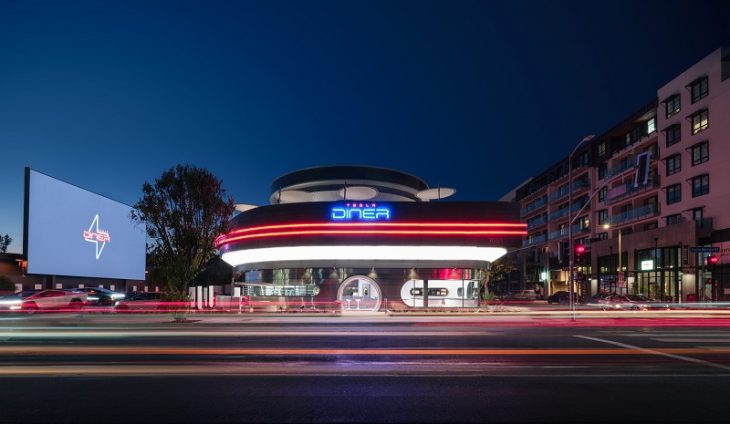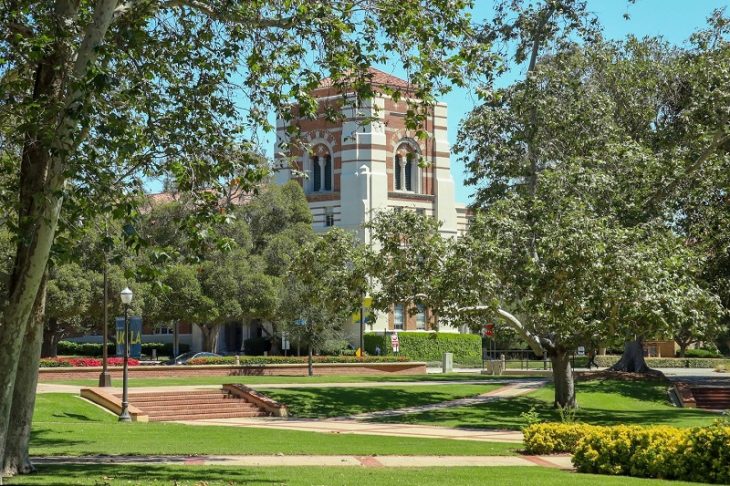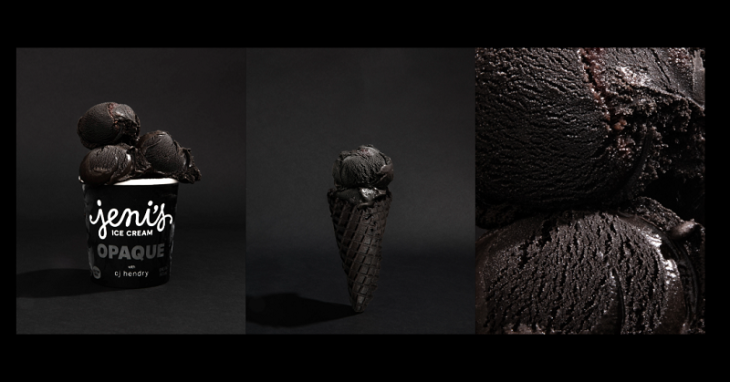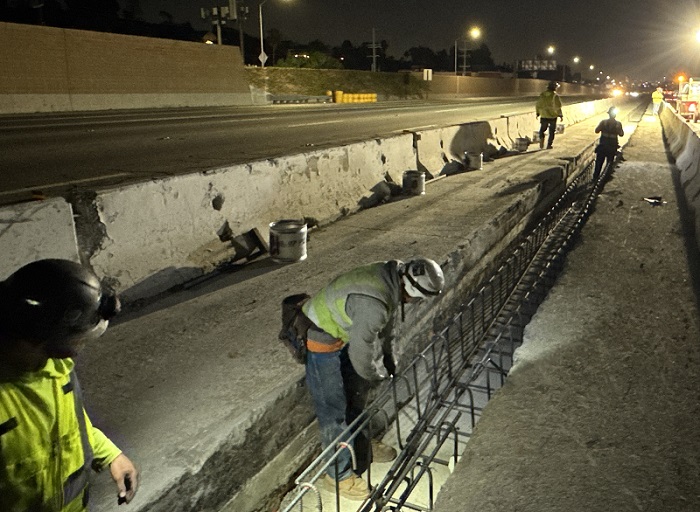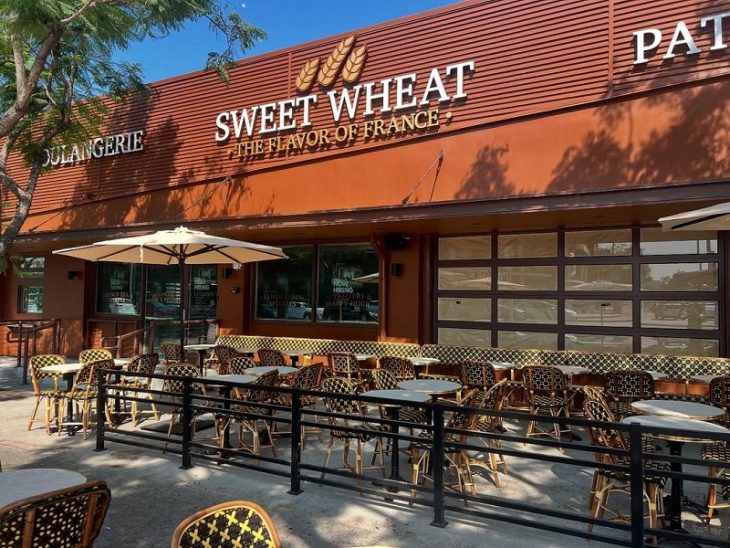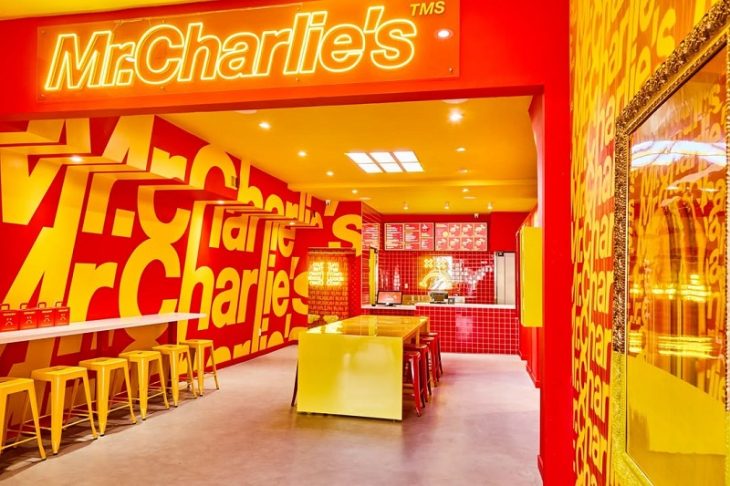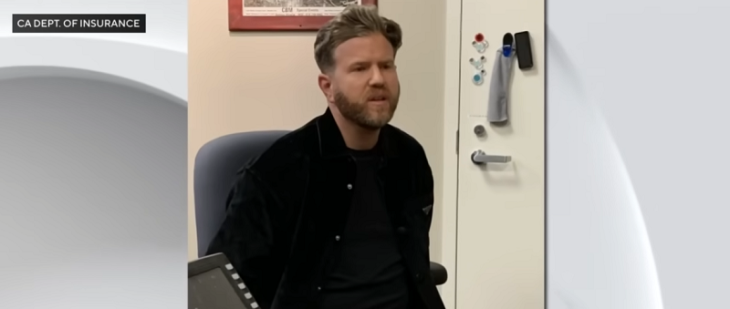
Students attended classes for the first time today at Loyola Marymount University’s $110 million Life Sciences Building, which took two years to build.
The 100,000-square-foot, three-story building houses programs in biology, chemistry, biochemistry, environmental science, health and human sciences, and urban ecology.
In its labs and classrooms, undergraduates have access to equipment and technology that most college students would not be allowed to use until they begin a doctoral program, according to LMU officials.
“We couldn’t be more pleased to open the doors of this building to our students,” said Tina S.W. Choe, dean of the Frank R. Seaver College of Science and Engineering at LMU.
“What’s so exciting is that with our new facilities, LMU will be at the forefront of educating the next generation of scientists for decades to come,” Choe said.
The “open design” building features 35 research and teaching laboratories; 9,000 square feet of faculty research space; a 273-seat auditorium with adjoining terrace; and a three-story green roof that acts as a “living laboratory” for research on soil runoff and drought-tolerant landscaping.
The teaching laboratories have glass walls, allowing students and guests to observe the activity inside those rooms, said Paul Zajfen of CO Architects, which designed the building.
“Openness and transparency are hallmarks of our design, which puts science on display, encourages collaborative interaction and engages the greater campus,” Zajfen said.
The building was constructed and designed to qualify for a LEED Gold rating, a recognition reserved for projects that show a high level of sustainability. In addition to the green roof, the building features:
— more than 8,200 square feet of solar panels that produce about 10 percent of the facility’s energy needs; — a research garden to provide materials for natural science, botany and other classes; — a solar screen on the west facade to reduce radiant heat; — independent climate control, chilled beams, and natural ventilation; and
— energy savings through daylight harvesting and high-performance glass.
During the project, construction company C.W. Driver provided internship opportunities for Seaver College engineering students, including Britney Calucag. She was hired as a full-time project engineer by the firm after graduating in 2014 and helped oversee the completion of the building.



